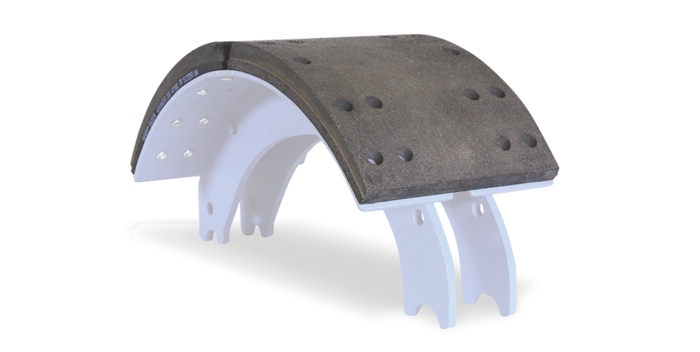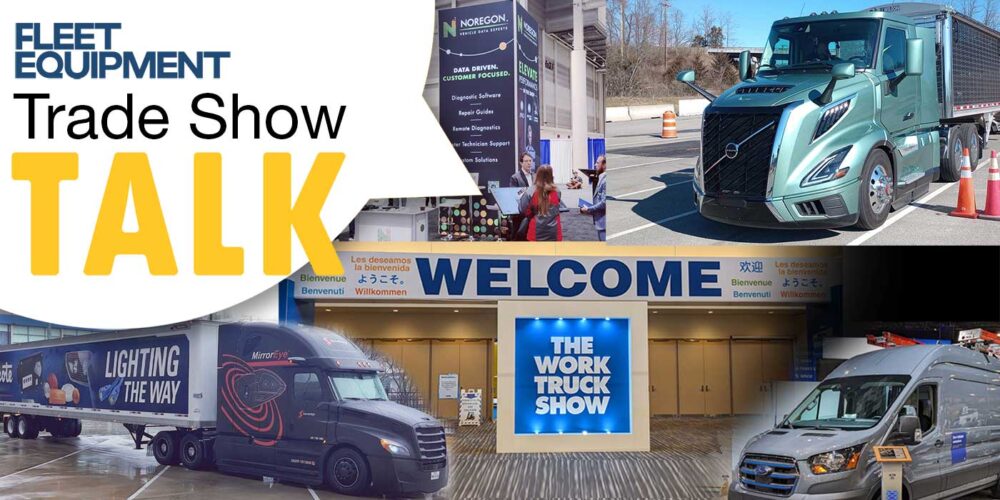Heat is the enemy of braking performance: It’s the cardinal rule when it comes to brakes, well-known to fleet technicians, drivers, and owner-operators.
As part of its Bendix Tech Tips series, Bendix Commercial Vehicle Systems LLC offers a dive into the science behind heat transfer in braking, a look at temperature ratings in friction, and a discussion of additional factors that should be considered when choosing friction. Use this information to better understand the connection between temperature and friction, ask the right questions about temperature ratings, and make the best friction selection for your operation.
Bringing the heat
“In commercial vehicle drum brake applications, temperature’s critical role begins at the engagement point between the lining and the drum,” explained Earl Brown, product manager of reman brake shoes for Bendix. “The bulk drum temperature generally ranges between 600° and 650°F, although for brief times during engagement—and during Federal Motor Vehicle Safety Standards (FMVSS) testing – it is not uncommon for this temperature to exceed 1,000°F. These two measurement points—engagement and bulk drum temperature—represent the full temperature range experienced by all friction materials in drum brake applications.”
Specifics like these, Brown noted, are the keys to understanding the temperature ratings of friction materials for severe-duty applications.
“When discussing friction temperature, it’s critical to establish a point of reference,” Brown said. “Since the brake system has a wide variety of components, each with unique thermal properties, it’s impossible to identify one temperature as most critical to the system as a whole.”
In a drum brake, the system’s temperature begins at the engagement point, where temperatures can go above 1,000°F. This heat dissipates as it is transferred into the heat sink—in this case, the drum. Without that heat dissipation, the cast-iron drum would be red hot, creating an extreme environment difficult for any type of friction material to withstand.
With repeated stops and this heat transfer into the drum, the overall temperature of both the drum and lining will slowly rise as they become heat soaked. In the case of normal commercial vehicle use with adequate cooling air, average temperatures may reach around 200° to 300°F on the lining and 300° to 500°F on the drum. These temperatures are within the acceptable range for their components’ respective materials, such as cast iron and phenolic resins—the key binding agents used in non-asbestos organic (NAO) friction materials.
Chemistry, physics and fade
Under some conditions, such as severe-duty use, applications requiring more frequent or harder stops, or situations in which cooling air to the brake is restricted, braking temperatures can increase.
“Phenolic resins begin to degrade at temperatures ranging from 248° to 482°F,” Brown said. “In severe-duty applications, higher grade resins are used to better withstand this heat, but regardless of the brand of friction, bulk friction temperatures should never exceed 300° to 400°F. Basic chemistry and physics mean that even the best resins only survive to 600°F.”
Because heat-induced degradation of the phenolic resins will increase lining wear, it can lead to the loss of stopping power in drum brakes known as brake fade. For this reason, the goal of brake and friction design is to maintain the lowest braking temperature possible.
It’s important to remember, though, that the elevated temperatures at the engagement point of the friction and drum dissipate almost immediately. Although it may be acceptable to measure 1,000°F on the drum surface during engagement, prolonged exposure at this temperature will lead to the failure of any NAO friction.














